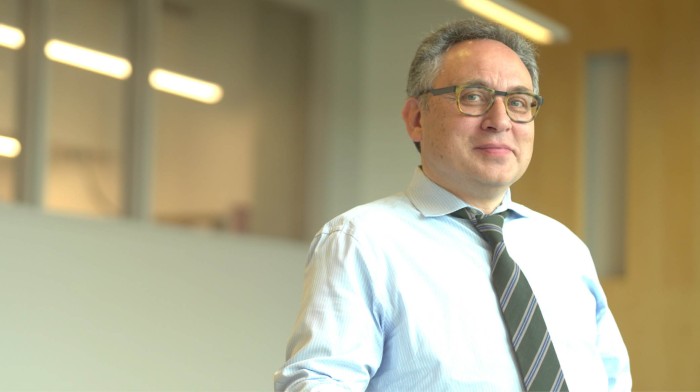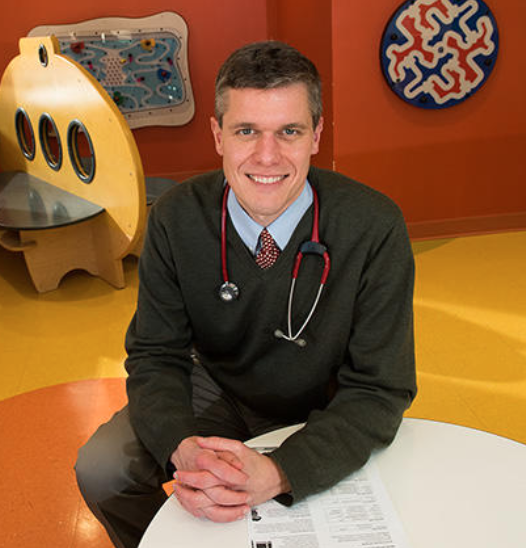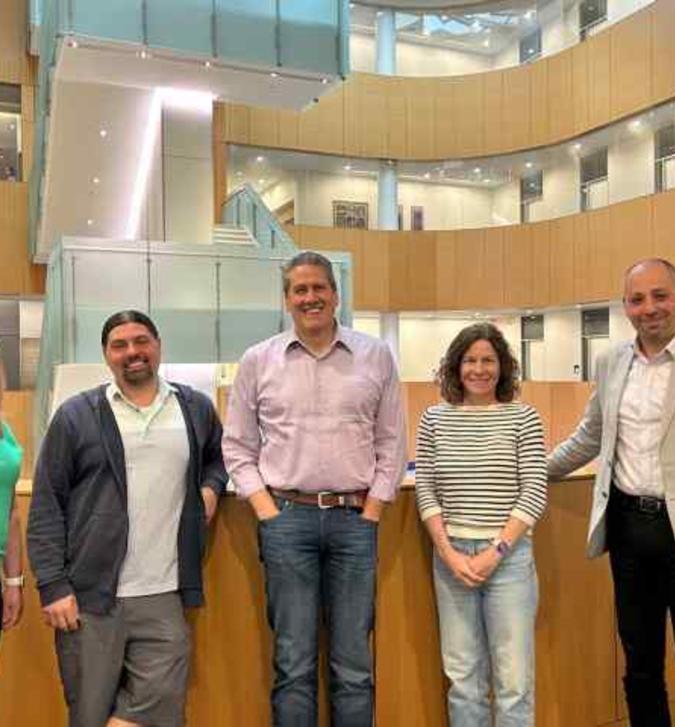
Meet the Doctors of Academic Medicine
When we say we practice "academic medicine," many people have no idea what that means. To help explain how the intersection of clinical care, research and education in a medical school setting creates the environment for change and advancement, this short video shows some of our faculty and the many roles they fill as they work to improve how medicine is practiced. LEARN MORE>>
Several CFI faculty are working on ways to improve how medicine is practiced and how we can bring answers from bench to bedside to improve patients lives.

Dr. Marc Jenkins
Regents Professor, Department of Microbiology and Immunology
Dr. Jenkins’ work over the past 30 years has improved the understanding of the human immune system. He’s also teaching the students who will further that understanding in the years to come.

Dr. Alexander Khoruts
Professor of Medicine, Division of Gastroenterology, Hepatology and Nutrition
Section Lead, Luminal GI, MEC Directorship,
Director, UMN Microbiota Therapeutics Program
Our Microbiota Therapeutics Program is making strides in the treatment of poorly understood gut health issues and diseases, such as C. difficile infections. The transplants from this program have a 98% success rate and are at no cost to patients. Learn more about the Microbiota Therapeutics Program


Dr. Bryce Binstadt
Professor, Department of Pediatrics
Division Director, Fellowship Program Director & Faculty Member, Division of Pediatric Rheumatology, Allergy & Immunology
Associate Director, Medical Scientist Training Program (Combined MD/PhD Training Program)
Director, Pediatric Physician Scientist Training Program (PSTP)
Bryce Binstadt is not just a teacher. The physician-scientist, who specializes in pediatric rheumatology, also considers himself a student.
In every class he teaches, whether an 8000-level course in immunology or one of his undergraduate classes for medical students, he imparts the same message. “Each patient has a lesson to teach us,” he says. “My role is to help each student recognize those lessons and to appreciate their importance in the care of the patient.” Small wonder, then, that he feels that his “most effective clinical teaching happens in the patient’s room.”
A colleague observes that it’s “remarkable to see the size of the entourage at times, and the energy emanating from this group as they discuss the intricacies of patient care and the pathophysiology relevant to the diagnostic and therapeutic aspects of these cases.”
For each learner, I strive to identify an independent project that will allow the learner to hone his or her critical thinking skills, hands-on laboratory skills and/or presentation and writing skills.—Bryce A. Binstadt
Binstadt’s commitment to teaching extends beyond formal classes or patient rooms. At his NIH-funded lab, where he leads research into pediatric rheumatology, he regularly involves high school, undergraduate, doctoral, and postdoctoral fellows, as well as fellows from the Pediatric Rheumatology Fellowship Program, which he developed.
“He advocates tirelessly for the graduate students and postdoctoral associates affiliated with his group,” writes a colleague. “Advocacy for his trainees has taken the form of repeatedly identifying internal and extramural training grants, awards, and venues to present data, and of steadily assisting trainees with applications for such career-building opportunities.”
To learn more about Dr. Binstadt's research visit here



